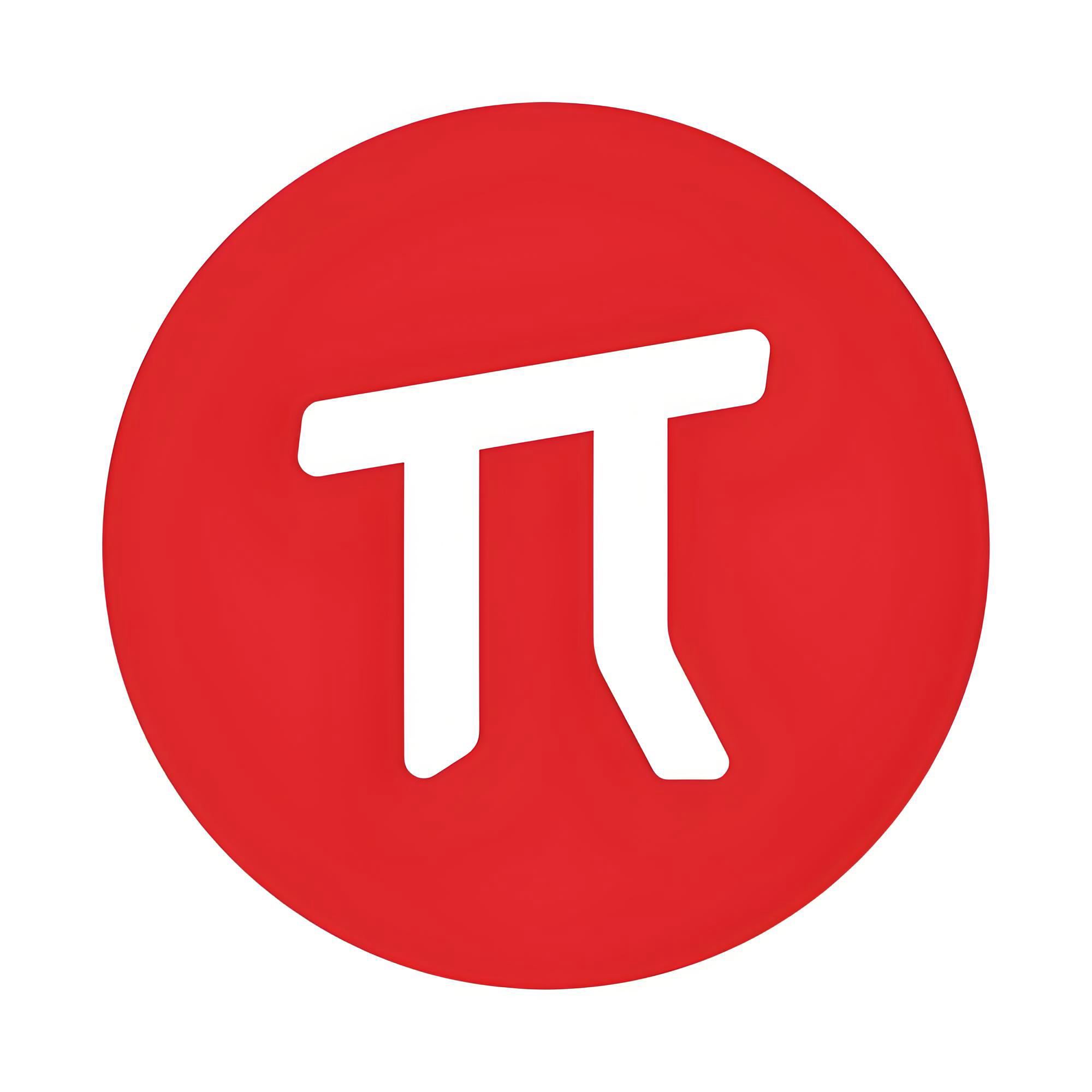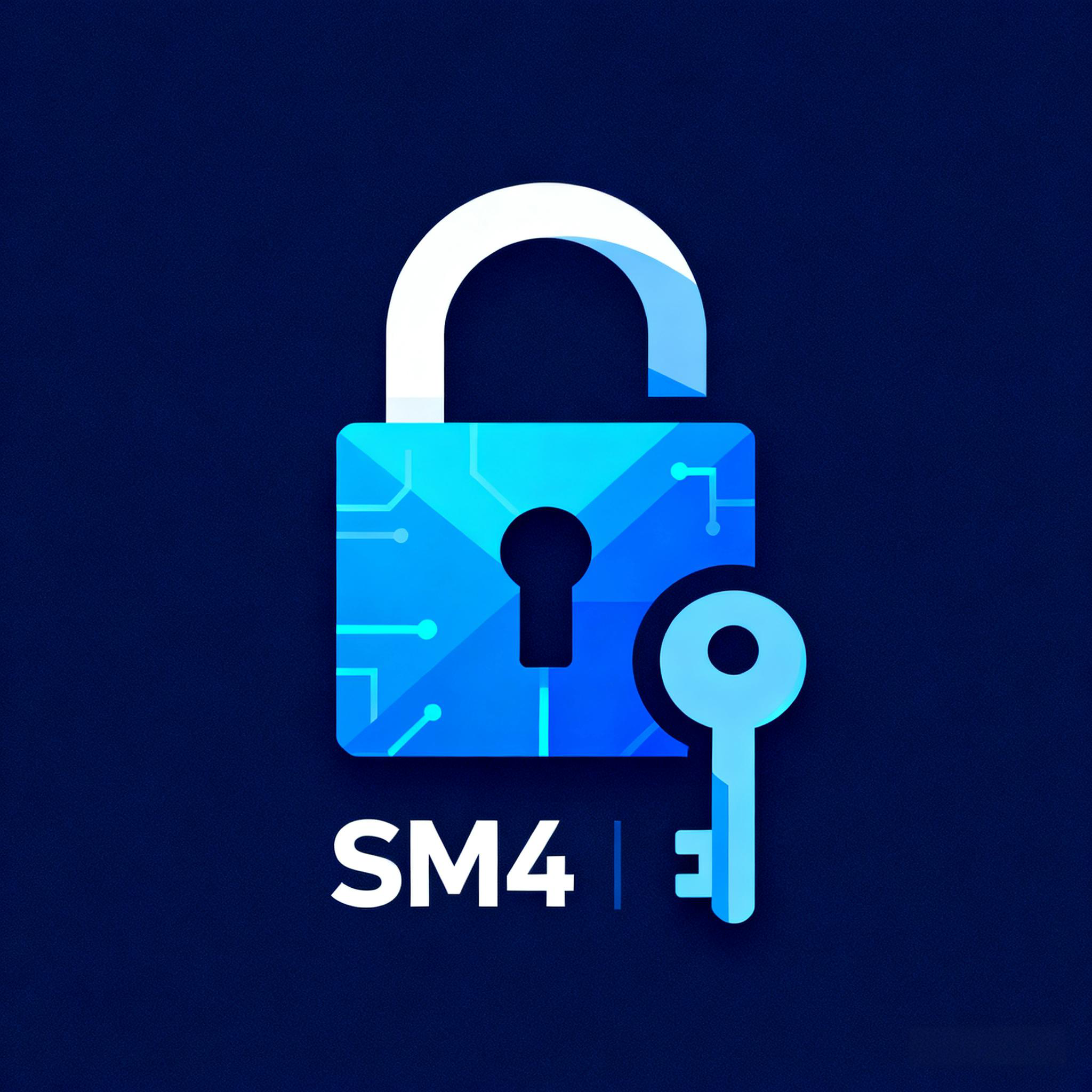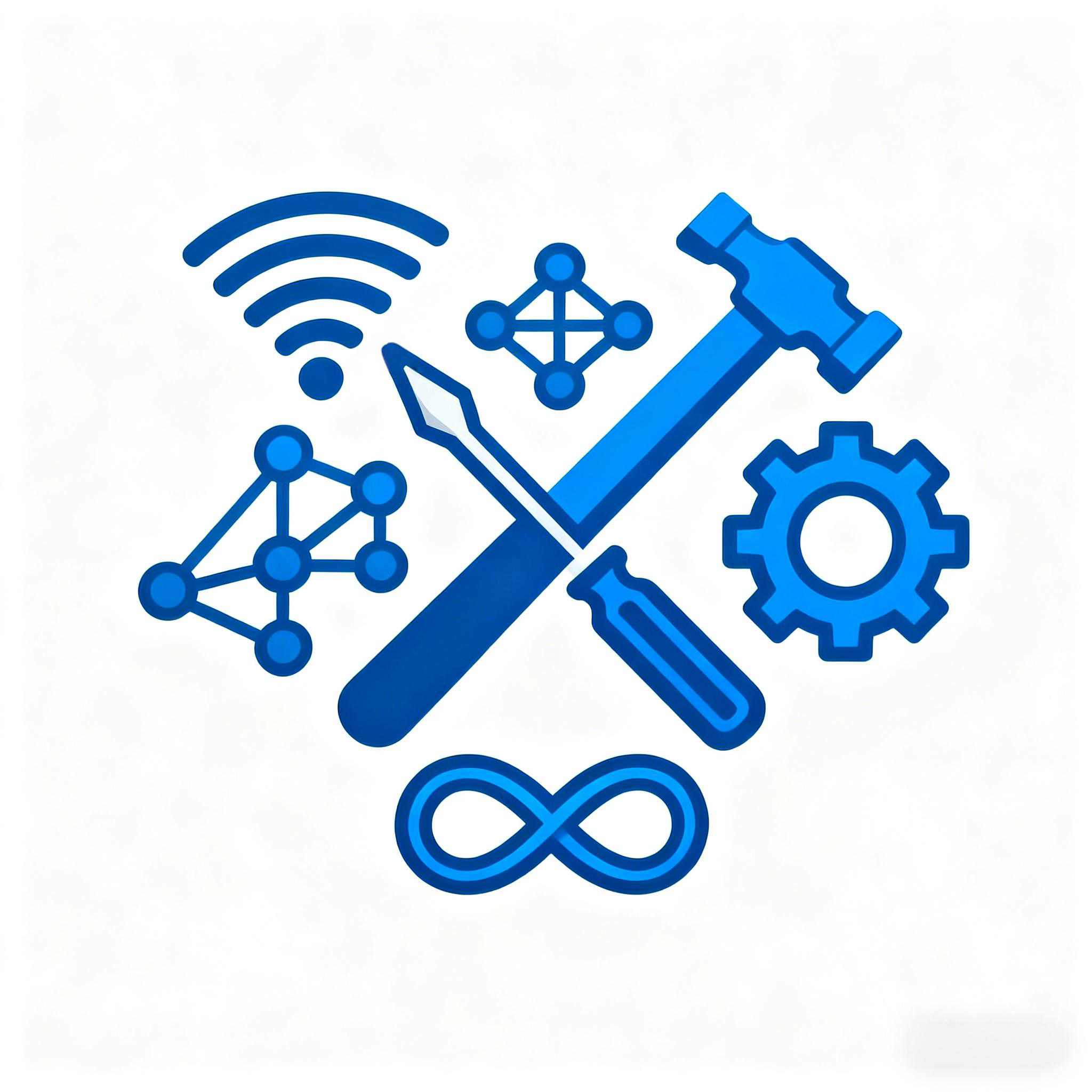The European Union’s Artificial Intelligence Act, one of the world’s first comprehensive AI regulations, officially came into full effect today, marking a significant milestone in the governance of artificial intelligence technologies across the 27-member bloc.
Key Provisions of the AI Act
Risk-Based Classification System
The legislation introduces a four-tier risk classification system for AI applications:
- Unacceptable Risk: Banned applications including social scoring and real-time biometric identification in public spaces
- High-Risk: Strict requirements for AI used in critical infrastructure, education, employment, and essential services
- Limited Risk: Transparency obligations for AI systems like chatbots
- Minimal Risk: Voluntary codes of conduct for most AI applications
General Purpose AI Requirements
General Purpose AI models must meet specific transparency and documentation requirements, with additional obligations for models deemed to have “systemic risk” based on computational power and capabilities.
Enforcement and Penalties
Violations can result in fines of up to €35 million or 7% of global annual turnover, with national authorities responsible for enforcement and the European AI Office coordinating oversight.
Implementation Timeline
Phase 1: Banned Applications (Effective Immediately)
Prohibitions on AI systems considered a clear threat to safety, livelihoods, and rights take effect immediately.
Phase 2: Codes of Practice (6 Months)
Developers of general-purpose AI models have six months to implement codes of practice.
Phase 3: Full Compliance (24 Months)
All other rules become applicable within 24 months, giving businesses time to adapt.
Global Impact and Reactions
International Standards Setting
The EU AI Act is expected to set de facto global standards, similar to the GDPR’s impact on data privacy regulations worldwide. Major tech companies have already begun adapting their AI development practices to comply with the new requirements.
Industry Response
Technology companies have expressed mixed reactions:
AI Industry Compliance Timeline
- Support: Many companies welcome clear regulatory frameworks that provide legal certainty
- Concerns: Some startups worry about compliance costs and potential innovation barriers
- Adaptation: Major players like Google, Microsoft, and OpenAI have established EU compliance teams
International Cooperation
The EU is actively engaging with international partners including the United States, Japan, and Canada to promote regulatory alignment and prevent fragmentation in global AI governance.
Technical Implementation Challenges
Compliance Verification
Developing reliable methods to verify AI system compliance presents significant technical challenges, particularly for complex neural networks and emerging AI architectures.
Testing and Certification
The establishment of independent testing laboratories and certification bodies is underway, with the first accredited facilities expected to begin operations in early 2026.
Cross-Border Data Flows
Ensuring compliance while maintaining the free flow of data across borders remains a complex issue that requires ongoing international coordination.
Future Outlook
Innovation vs. Regulation Balance
Policymakers face the ongoing challenge of balancing innovation promotion with necessary safeguards, with regular reviews planned to ensure the regulation remains technology-neutral and future-proof.
Emerging Technologies
The legislation includes provisions for adapting to new AI developments, with a special committee established to monitor technological advancements and recommend updates.
Global Regulatory Convergence
As other jurisdictions develop their own AI governance frameworks, international cooperation will be crucial to prevent regulatory fragmentation and ensure consistent global standards.
The implementation of the EU AI Act represents a watershed moment in the global governance of artificial intelligence, setting important precedents for how societies can harness AI’s benefits while mitigating its risks.







